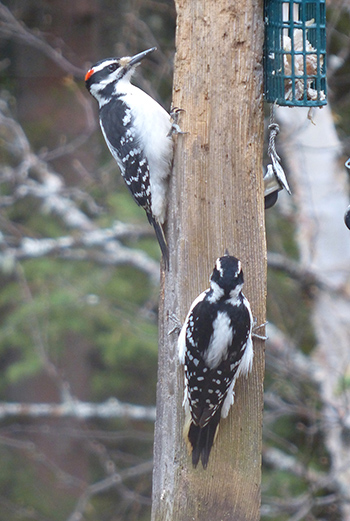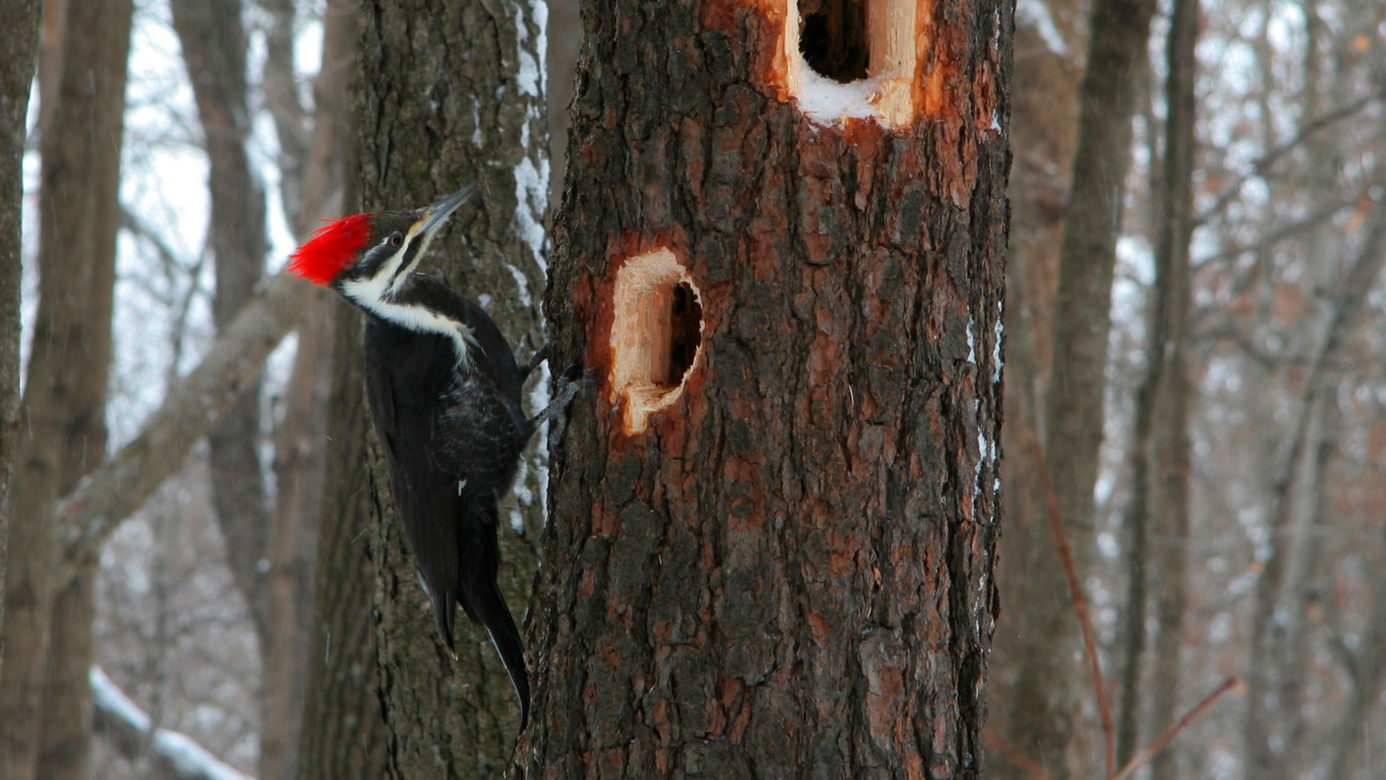Experiencing Woodpeckers in Florida: Types Diversity and Identification
Revealing the Tricks of Woodpeckers: Actions, Environment, and Extra
Woodpeckers, with their special actions and specialized adjustments, have actually long fascinated scientists and nature fanatics alike. These remarkable birds possess a variety of intriguing keys that lost light on their survival strategies, environment preferences, and intricate interaction methods. By revealing the mysteries surrounding woodpeckers' habits and environment options, a much deeper understanding of these bird wonders emerges, providing a glance into their interesting world. So, what makes these birds absolutely extraordinary, and how do they navigate their setting with such precision and ability? Allow's explore the exciting world of woodpeckers and unwind the enigmatic information that make them such appealing subjects of study.
Woodpecker Habits Insights
In analyzing woodpecker habits, a remarkable display screen of specialized abilities and adaptations arises, losing light on their impressive eco-friendly particular niche. Woodpeckers, known for their unique drumming on trees, possess a range of behavioral traits that add to their survival and success in their atmosphere.
Moreover, woodpeckers show an one-of-a-kind feeding actions identified by their capacity to essence insects from tree bark utilizing their specialized beaks. Their lengthy, barbed tongues help in capturing victim, while their strong neck muscle mass offer stability and precision throughout pecking movements. This feeding approach permits woodpeckers to access concealed insect larvae and remove them with amazing effectiveness.
Environment Preferences and Selection
What variables affect the habitat preferences and choice of woodpeckers? Woodpeckers are extremely adaptable birds known to live in numerous settings worldwide. Nonetheless, they do display preferences for sure environment features. One crucial variable influencing woodpecker habitat option is the accessibility of suitable nesting websites. Woodpeckers typically prefer woodlands with a mix of fully grown trees that supply ample chances for dental caries excavation. These dental caries function as important nesting and roosting sites for woodpeckers and are necessary for their reproducing success.
Additionally, woodpeckers show a preference for environments with a plentiful supply of food resources. They are mostly insectivorous, feeding upon beetles, ants, larvae, and various other insects located in rotting timber or tree bark. For that reason, woodpeckers tend to favor wooded areas with a diverse insect population to fulfill their nutritional demands.
In addition, the visibility of dead or rotting trees is another vital consider woodpecker habitat option. These trees not only provide food resources but additionally use suitable substratum for cavity excavation. Dead trees are essential for the upkeep of healthy woodpecker populaces, as they play an important duty in the woodpeckers' life cycle and ecosystem characteristics.
Feeding Habits and Diet Regimen Composition
Woodpeckers show a specialized feeding behavior concentrated on foraging for insects within numerous habitats. Their diet plan primarily contains insects such as beetles, ants, caterpillars, and crawlers, which they locate by tapping on tree bark and paying attention for the sound of motion inside. Woodpeckers use their strong beaks to pierce right into the wood and their lengthy, barbed tongues to remove prey from gaps. In enhancement to insects, woodpeckers additionally consume tree sap, fruits, nuts, and seeds, adding selection to their diet regimen depending upon the period and availability of food sources.
The foraging methods of woodpeckers are well-adapted Your Domain Name to their arboreal way of life (Woodpeckers in Florida). Their capability to excavate wood not only offers them with food but also helps in creating nesting cavities and establishing territories. Woodpeckers play an important function in preserving the health and wellness of forests by controlling insect populations and assisting in the disintegration of timber. Recognizing their feeding routines and diet plan structure is important for conservation efforts intended at maintaining these special and useful birds.
Drumming Seems and Communication
Making use of fast drumming sounds on various surface areas, woodpeckers utilize a distinctive kind of communication to signal region limits and attract companions. This drumming behavior is not just a way of communication however also works as a method for woodpeckers to establish their visibility within a specific location. The intensity, rate, and pattern of the drumming can communicate important info to other woodpeckers around.
Woodpeckers utilize drumming noises image source to introduce their existence in a region and to alert off potential trespassers. The loud and repetitive nature of the drumming functions as a clear signal to various other woodpeckers that the area is currently asserted. This aids in minimizing problems and reducing physical battles between people.

Survival Adaptations and Specialized Makeup

Conclusion
To conclude, woodpeckers show special habits, such as drumming sounds for interaction, and have actually specialized anatomy for survival in their picked environments. Their feeding practices and diet make-up additionally demonstrate their flexibility to different environments. By recognizing these elements of woodpeckers, researchers and guardians can much better safeguard and maintain these interesting birds and their communities.